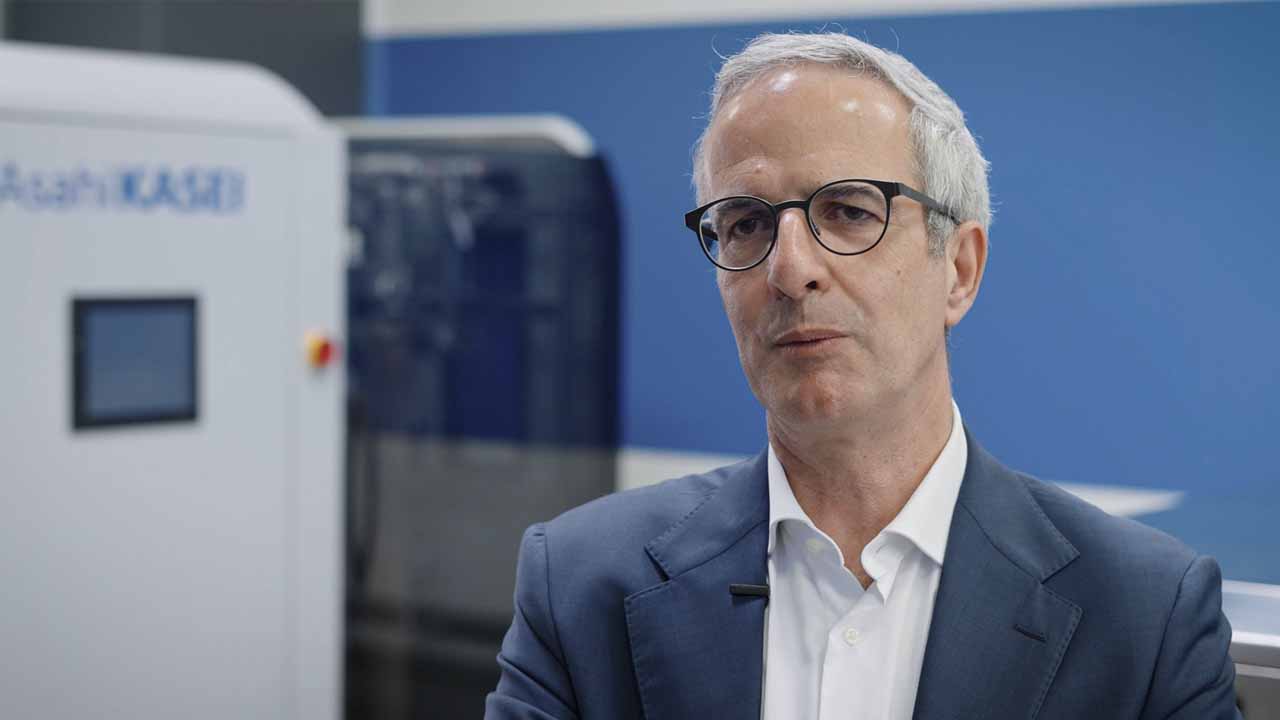Focal Therapy for Prostate Cancer Treatment

Focal therapy versus localized radiation therapy in the management of prostate cancer has been a topic of discussion among experts in the field. Dr. Ruben Olivares, a renowned urologic surgeon and associate professor at the Glickman Urological Institute, Cleveland Clinic, sheds light on the key differences that set focal therapy apart in this realm.
Dr. Olivares highlights the precision that focal therapy offers through its use of fusion capabilities for anatomical guidance during treatment delivery. This precise targeting allows for therapy to be directed specifically to areas of concern within the prostate gland, minimizing damage to surrounding healthy tissue. Advanced software further enhances this precision by accurately mapping the treatment area, leading to more effective outcomes in prostate cancer management.
One significant advantage of focal therapy, according to Dr. Olivares, is the low incidence of post-treatment adverse effects such as erectile dysfunction or urinary incontinence. This highlights the favorable functional outcomes associated with this treatment modality. However, when it comes to assessing the long-term oncological outcomes, particularly overall survival (OS), Dr. Olivares emphasizes the need for extended follow-up periods to gather meaningful data.
Prostate cancer’s indolent nature necessitates follow-up periods spanning several decades to evaluate the effectiveness of focal therapy on OS. While current data primarily focus on surrogate endpoints like failure-free survival (FFS) and metastasis-free survival, Dr. Olivares notes the promising trends observed in terms of FFS, showcasing the potential of focal therapy in prostate cancer management.
In conclusion, Dr. Olivares underscores the significance of patient selection and the meticulous approach to guidance employed in focal therapy, which sets it apart from traditional localized radiation therapy in the management of prostate cancer.






